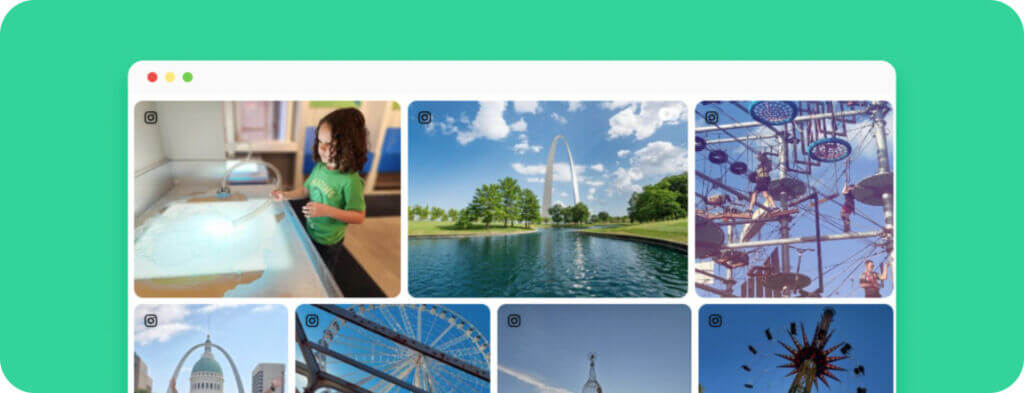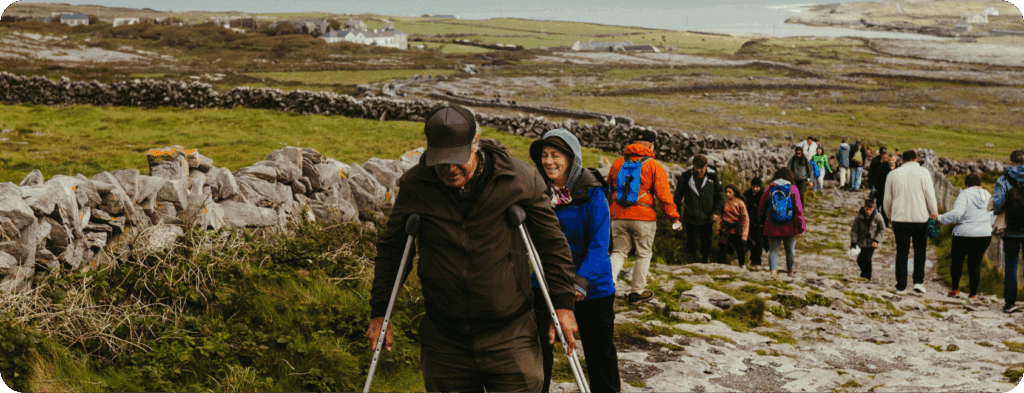
Ten seconds. That’s about the time it takes to tie your shoelaces. Or open a bottle of wine. It’s also the amount of time you have to grab the attention of your audience with video content marketing.
Research shows that, after 10 seconds, video engagement drops significantly. So, what exactly is video content marketing? As the name suggests, it’s a marketing approach that integrates video across your campaigns and overall content strategy.
The value of a strong video marketing strategy stretches well beyond grabbing someone’s attention, though. Consider that 73% of B2B marketers say video positively impacts marketing ROI.
Below are three examples of video content marketing done right. All of the organizations in this post captured their audience in 10 seconds or less—and kept them watching their videos right until the very end.
The Challenge: Good Video Content Is Expensive
Video is the future of content marketing, but creating good video content that actually influences people is harder than you might think.
People have short attention spans. They want good content and want it now. Otherwise, they’ll just hit the ‘Back’ button on their browser.
- Just over 89 percent of people will watch a video for 10 seconds.
- Just under half of all people will watch a video for 30 seconds.
- Shockingly, just 9.42 percent of people will watch a video for 5 minutes.
So, how do you know what type of video to create? Explainer video? Product videos?
No matter what type of video content you choose, the key is to be concise. Create short, snappy videos that demand the attention of your audience from the fade-in to the final frame.
The problem is, creating videos from scratch is expensive, and good videos take a long time to produce (even the short ones.) Plus, there’s a lack of authentic content out there: Sponsored videos, clickbait, and general fluff dominate search engines, blog posts and platforms like YouTube.
Why You Should Consider User-Generated Content For Videos
User-generated content (UGC) is cheaper than creating your own videos, and it resonates better with viewers. Instead of flashy graphics and celebrity voice overs, you get to tap into real people who create real videos about your products and services.
It’s personal. It’s creative. It’s authentic. And it works:
- Forty-eight percent of people say UGC helps them discover new products.
- Brand engagement increases by 28 percent when consumers are exposed to both professional content and user-generated product videos.
- Millennials say UGC is 35 percent more memorable than other types of content.
Here are three examples of companies that do it right when it comes to UGC video marketing:
1| Destination Canada Uses Videos From Travelers
Take a look at this stunning video by Destination Canada. It is a great example of a video marketing campaign that demands more than 10 seconds of the viewer’s time.
This video compiles real photos from real travelers who have visited Canada—its rocky mountains, bustling cities, stunning landscapes. Viewers can watch travelers’ unique experiences in the Great White North and share their own adventures on Twitter by using one of the featured hashtags in the vid.
Destination Canada’s video ad is so much more effective than branded content because it personalizes travel and targets it to the millennial market.
It’s no wonder, then, that this commercial has more than 1.2 million hits on YouTube. A separate video content marketing campaign by Destination Canada, which also incorporated UGC, generated an 11 percent increase in German holidaymakers after it targeted the German travel market.
Takeaway for marketers: Reverse short attention spans with UGC that brings experiences to life. Real photos from real people will add authenticity to your brand story and overall digital marketing efforts.
2. Visit Indy Uses UGC for Video Ads
Visit Indy’s marketing team identified 9 different user personas for a recent content marketing plan that integrated UGC. Then, the organization created short videos for Facebook and Instagram that targeted each of these personas.
Each video offers content from real people enjoying the city of Indiana. Sure, the videos are raw, but they do the trick, and they are much cheaper than a conventional ad campaign.
The result? Visit Indy generated three-times stronger click-through rates on Facebook.
Takeaway for marketers: Identifying user personas and sourcing UGC will boost click-through and conversion rates on social media—especially for a given target audience.
3. Disney Sparks Social Shares With A Contest
Disney’s recent #ShareYourEars campaign invited their social media followers to share videos of them wearing Mickey Mouse ears in various locations (Check out these posts on Twitter).
The company shared the best ones on their various social platforms to increase awareness about its Make a Wish Foundation.
This UGC campaign not only increased brand loyalty but raised funds for good causes:
“Disney began by pledging a $5 donation to the Make-a-Wish Foundation for each participant in the campaign, with a $1 million cap,” says AdWeek. “Due to the overwhelming response and amazing support, Disney doubled its original pledge to $2 million to grant even more wishes to transform lives.”
Takeaway for marketers: Increase brand engagement and earned media by running UGC contests and get the word out on social media.
User-generated video can curb short attention spans with cost-effective, creative, compelling content that provides you with real value. If you want to step your video strategy up to the next level, consider these three case as blueprints for success.












